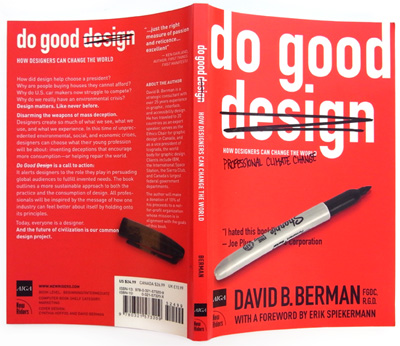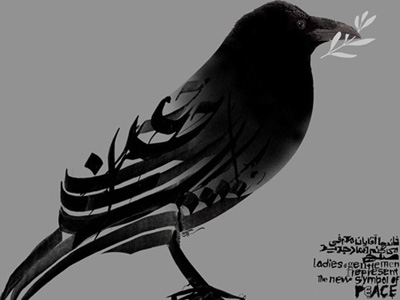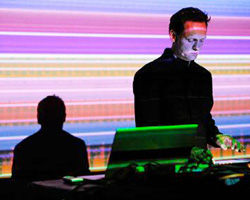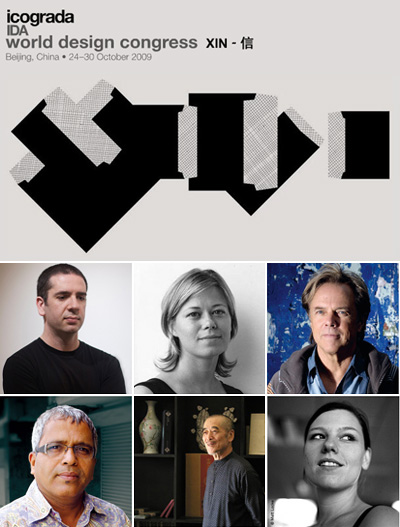KEEP UP WITH OUR DAILY AND WEEKLY NEWSLETTERS
PRODUCT LIBRARY
in less than a year, what started as a personal artistic project quickly grew into show-stopping collaborations for physical iterations in cities like jeddah and miami.
the honesty bar installation presents knötti, an alcohol-free drink made from local waters, german hops, and invasive japanese knotweed.
connections: +390
the staircase is inclined at a 5-degree angle — enough to be noticeable but not immediately obvious, creating a sense of doubt.
andrés reisinger brings his billowing pink 'take over' installation to hourglass cosmetics' new york city popup.
connections: +1240
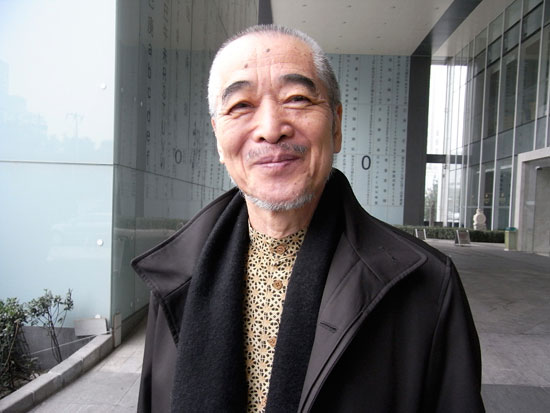
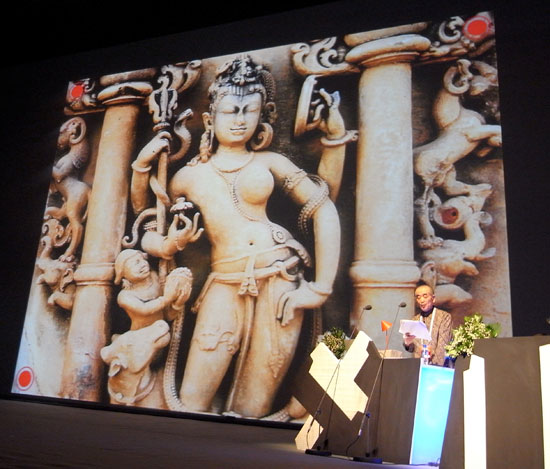 hindu goddess ardhanarishvara -half male and half female kohei sugiura at the icograda world design congress in beijing, 2009 image © designboom
hindu goddess ardhanarishvara -half male and half female kohei sugiura at the icograda world design congress in beijing, 2009 image © designboom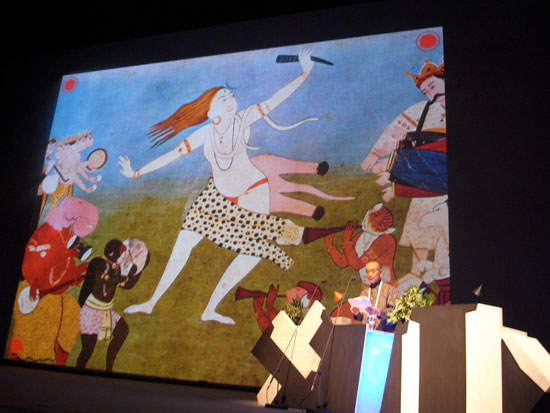 the two opposing powers of destruction … and reconstruction kohei sugiura at the icograda world design congress in beijing, 2009 image © designboom
the two opposing powers of destruction … and reconstruction kohei sugiura at the icograda world design congress in beijing, 2009 image © designboom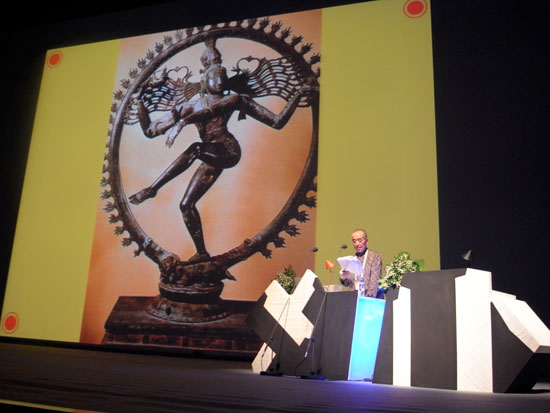 nataraj, the dancing form of hindu goddess shiva symbolizes the cosmic cycles of creation and destruction, as well as the daily rhythm of birth and death. the dance is an allegory of the five principle manifestations of eternal energy: creation, destruction, preservation, salvation, and illusion. kohei sugiura at the icograda world design congress in beijing, 2009 image © designboom
nataraj, the dancing form of hindu goddess shiva symbolizes the cosmic cycles of creation and destruction, as well as the daily rhythm of birth and death. the dance is an allegory of the five principle manifestations of eternal energy: creation, destruction, preservation, salvation, and illusion. kohei sugiura at the icograda world design congress in beijing, 2009 image © designboom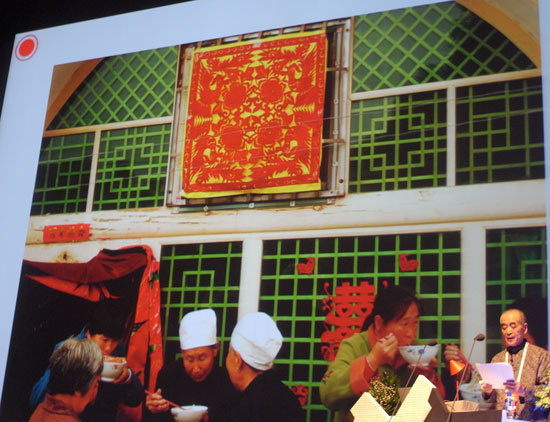 around the first century A.D., the chinese invented that most flexible, versatile and adaptable of materials – paper. the ancient chinese paper cutting or jianzhi reflects many aspects of life such as good luck, prosperity, health, or harvest. the oldest surviving paper-cut is from the 6th century. from the 7th to the 13th centuries, it became very popular and was spread to the rest of the world in the 14th century
around the first century A.D., the chinese invented that most flexible, versatile and adaptable of materials – paper. the ancient chinese paper cutting or jianzhi reflects many aspects of life such as good luck, prosperity, health, or harvest. the oldest surviving paper-cut is from the 6th century. from the 7th to the 13th centuries, it became very popular and was spread to the rest of the world in the 14th century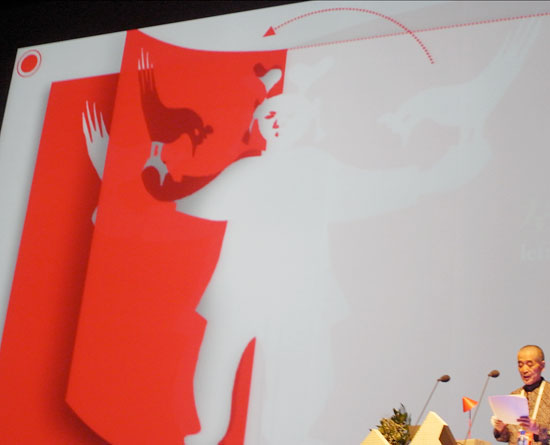 there are basic cut outs, that are a single image and there are symmetrical designs that are usually created by some folding over a proportioned crease, and then cutting some shape. when unfolded, it forms a symmetrical design. the art of paper cuts is passed down from generation to generation.
there are basic cut outs, that are a single image and there are symmetrical designs that are usually created by some folding over a proportioned crease, and then cutting some shape. when unfolded, it forms a symmetrical design. the art of paper cuts is passed down from generation to generation.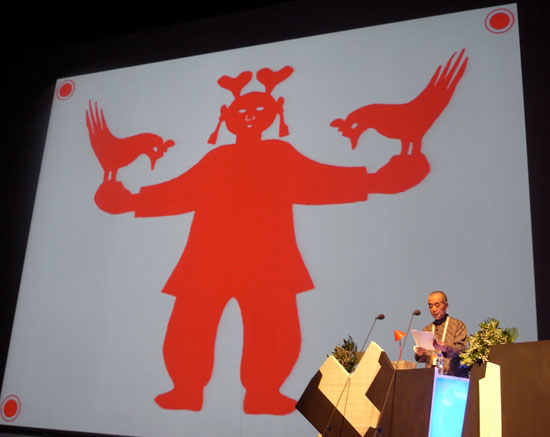 the unfolded paper reveals symmetry
the unfolded paper reveals symmetry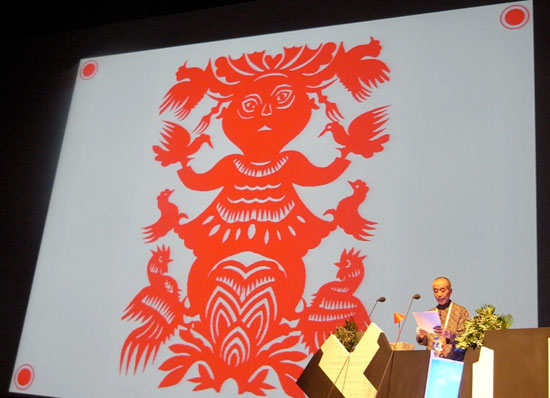 ‘many’ come out of ‘two’ which come out of ‘one’ kohei sugiura at the icograda world design congress in beijing, 2009 image © designboom
‘many’ come out of ‘two’ which come out of ‘one’ kohei sugiura at the icograda world design congress in beijing, 2009 image © designboom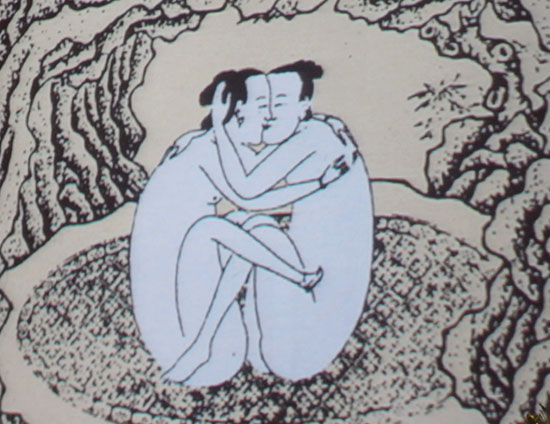 return to the completeness of the beginning kohei sugiura at the icograda world design congress in beijing, 2009 image © designboom
return to the completeness of the beginning kohei sugiura at the icograda world design congress in beijing, 2009 image © designboom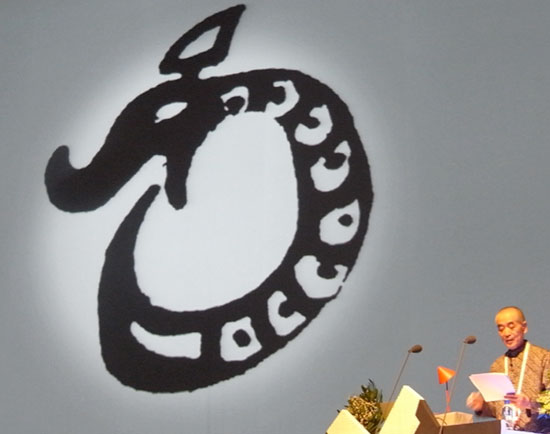 the ‘ouroboros’ or ‘uroborus’ kohei sugiura at the icograda world design congress in beijing, 2009 image © designboom
the ‘ouroboros’ or ‘uroborus’ kohei sugiura at the icograda world design congress in beijing, 2009 image © designboom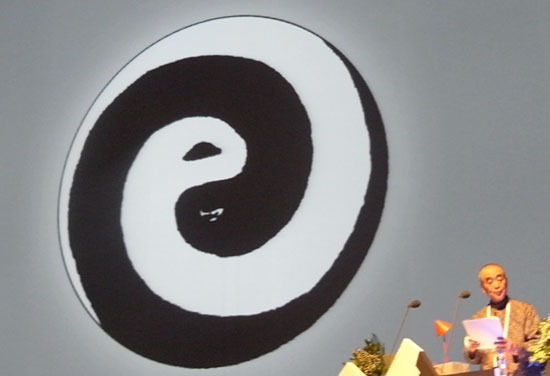 the coils of snakes kohei sugiura at the icograda world design congress in beijing, 2009 image © designboom
the coils of snakes kohei sugiura at the icograda world design congress in beijing, 2009 image © designboom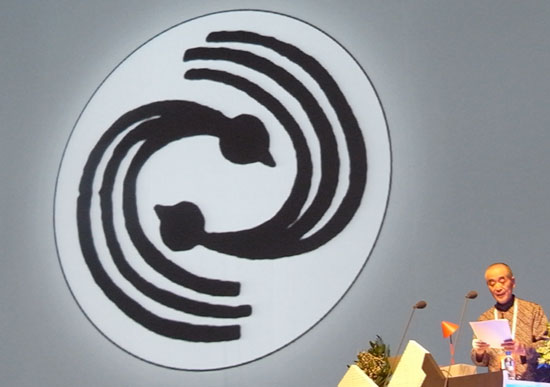 male and female birds kohei sugiura at the icograda world design congress in beijing, 2009 image © designboom
male and female birds kohei sugiura at the icograda world design congress in beijing, 2009 image © designboom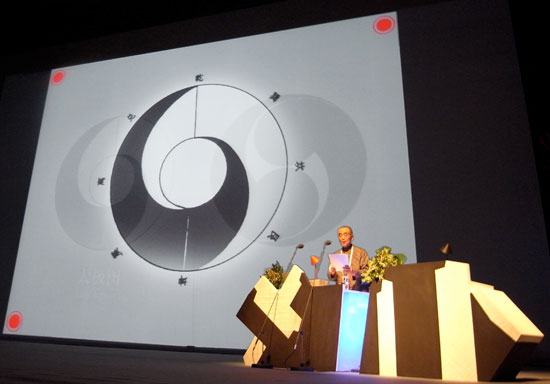 the tai chi diagram changes from bipolar to tripolar kohei sugiura at the icograda world design congress in beijing, 2009 image © designboom
the tai chi diagram changes from bipolar to tripolar kohei sugiura at the icograda world design congress in beijing, 2009 image © designboom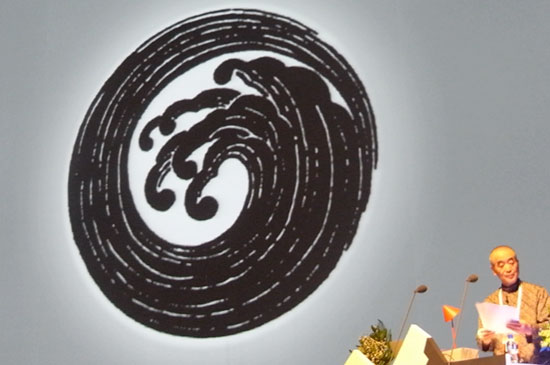 … transforming into waves and clouds kohei sugiura at the icograda world design congress in beijing, 2009 image © designboom
… transforming into waves and clouds kohei sugiura at the icograda world design congress in beijing, 2009 image © designboom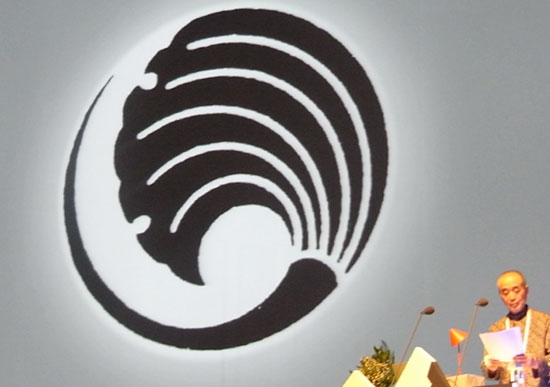 … into all kinds of plant pattern kohei sugiura at the icograda world design congress in beijing, 2009 image © designboom
… into all kinds of plant pattern kohei sugiura at the icograda world design congress in beijing, 2009 image © designboom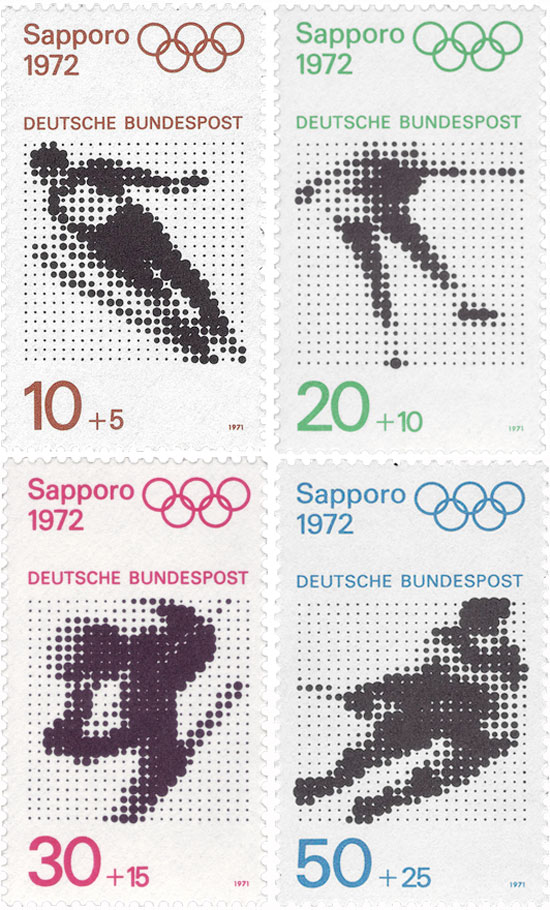 series for olympic games 1972, sapporo and munich graphics by kohei sugiura, first day of issue june 4, 1971 image courtesy kohei sugiura
series for olympic games 1972, sapporo and munich graphics by kohei sugiura, first day of issue june 4, 1971 image courtesy kohei sugiura